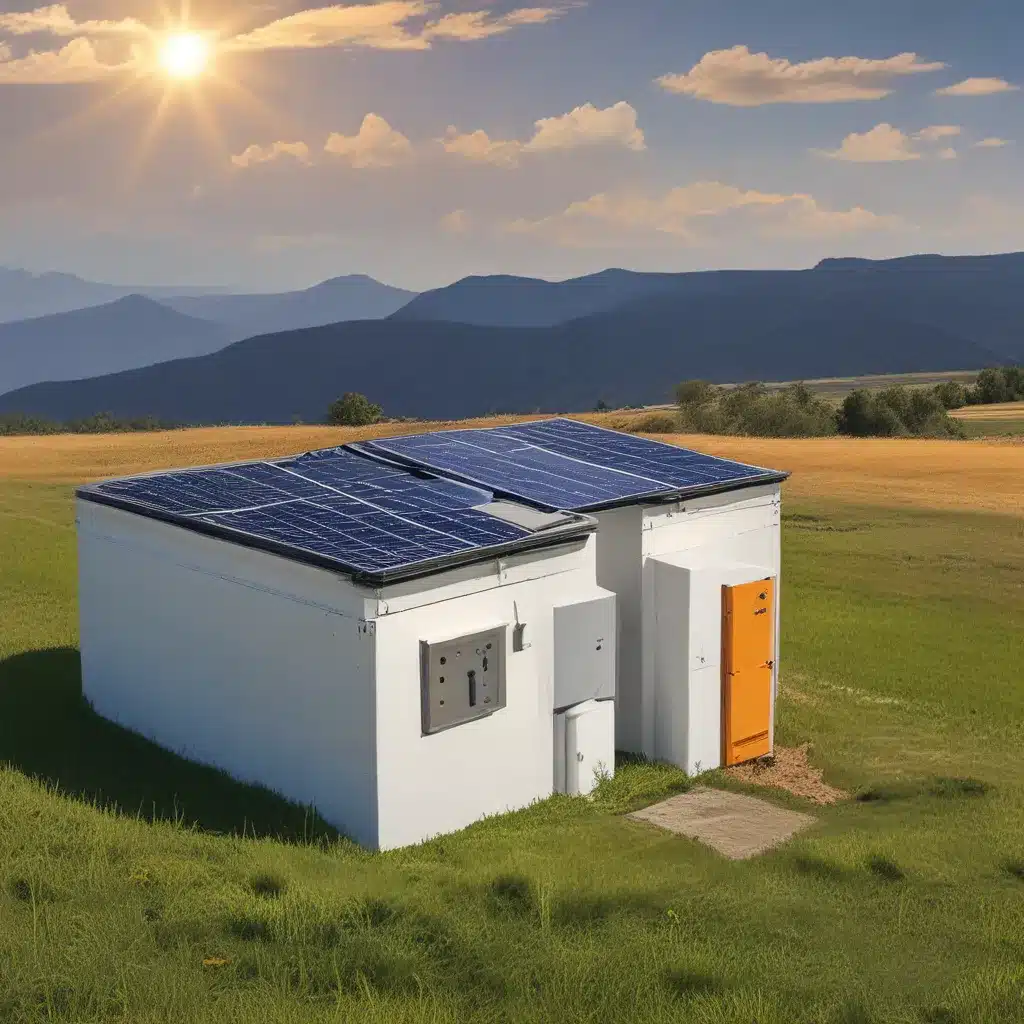
In the grand scheme of things, humanity’s relationship with energy is a lot like my relationship with my coffee mug – it’s a constant dance of balancing supply and demand. Just like I need that perfect caffeine kick to power me through the day, the world needs reliable access to energy to keep the lights on and the machines humming. But what happens when the sun sets or the wind dies down? Enter the unsung heroes of the energy world: energy storage systems.
The Need for Energy Storage
Picture this: you’re relaxing at home on a sunny afternoon, your solar panels are churning out electricity like there’s no tomorrow, and your trusty little energy storage system is happily soaking it all up. But then, as the sun dips below the horizon, the solar panels start to slow down, and suddenly, your household’s energy demand starts to creep up as you and your family start cooking dinner, turning on the lights, and charging your devices.
This is where energy storage systems shine. They act like a battery pack for your home, capturing all that excess solar energy during the day and then releasing it when you need it most – like when the sun goes down or during a power outage.
But energy storage isn’t just about keeping the lights on at home. It’s a critical piece of the puzzle when it comes to transitioning to a clean, renewable energy future. Solar energy systems are the darlings of the renewable energy world, but their intermittent nature means that storage is essential to ensure a reliable and consistent supply of electricity.
How Energy Storage Works
So, how do these energy storage systems actually work? The basic idea is pretty simple: they convert electricity into a different form of energy, like chemical or kinetic energy, and then convert it back when it’s needed.
One of the most common energy storage technologies is the humble battery. When you plug in your smartphone or laptop, you’re harnessing the power of lithium-ion batteries to store and release electricity as needed. These batteries work by using electrochemical reactions to convert electrical energy into chemical energy, which can then be converted back into electricity when you need it.
But batteries aren’t the only game in town when it comes to energy storage. There’s a whole menagerie of other technologies, each with its own unique set of strengths and weaknesses. For example, pumped hydroelectric storage uses the power of gravity to store energy, while compressed air energy storage harnesses the power of, well, compressed air.
And let’s not forget about thermal storage, which uses heat-absorbing materials like molten salts or water to store energy. This technology is particularly useful for concentrating solar power (CSP) plants, where the stored heat can be used to generate electricity when the sun isn’t shining.
The Benefits of Solar + Storage
Alright, so we’ve got a pretty good handle on how energy storage works, but what’s the big deal? Why should you, as a homeowner or a business owner, care about this whole solar-plus-storage thing?
Well, let me tell you, the benefits are as numerous as they are awesome. First and foremost, energy storage can help you maximize the use of your solar panels. Instead of having to rely solely on the sun’s rays to power your home or business, you can store that excess energy for when you need it most – like during a power outage or when the grid is struggling to keep up with demand.
Energy storage can also help smooth out the ups and downs of renewable energy generation, making the grid more stable and reliable. When the sun is shining brightly, your energy storage system can soak up that excess electricity and then release it when the sun goes down or the wind dies down.
And let’s not forget about the financial benefits. By using energy storage to offset peak demand or avoid expensive utility rate hikes, you can potentially save a bundle on your energy bills. Plus, in some areas, there are even financial incentives and rebates available for homeowners and businesses who install energy storage systems.
The Future of Solar + Storage
As the world continues to grapple with the realities of climate change and the need for clean, sustainable energy, the role of solar energy and energy storage is only going to grow in importance.
The cost of energy storage technologies, particularly lithium-ion batteries, has been plummeting in recent years, making them more accessible to a wider range of consumers. And as the technology continues to improve, we’re likely to see even more innovative storage solutions emerge, from long-duration storage systems that can provide power for days or even weeks, to futuristic ideas like using hydrogen as a storage medium.
But it’s not just about the technology – it’s also about the policies and regulations that will shape the energy landscape of the future. Governments and utilities are increasingly recognizing the value of energy storage, and we’re seeing a growing number of initiatives and incentives designed to encourage the adoption of these technologies.
So, whether you’re a homeowner looking to take control of your energy future, a business owner seeking to boost your bottom line and your sustainability cred, or just someone who cares about the health of our planet, the world of solar energy and energy storage is definitely worth keeping an eye on. Who knows, maybe one day, your trusty little energy storage system will be just as essential to your daily life as that morning cup of coffee.


